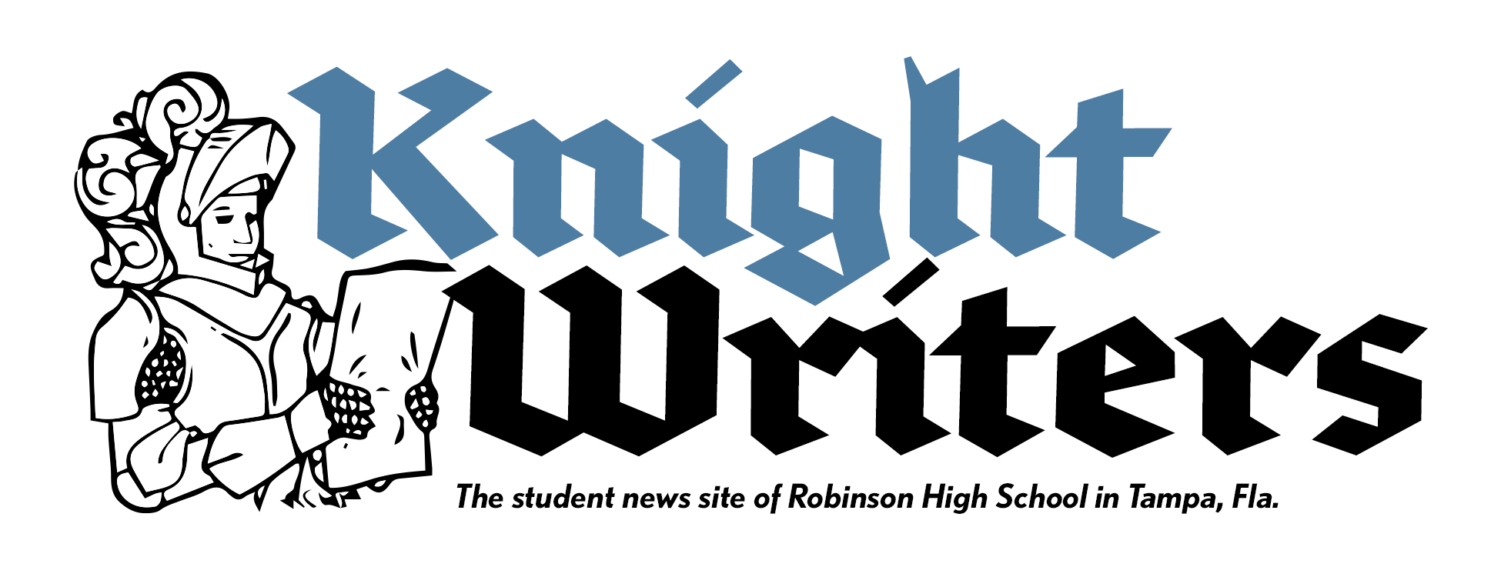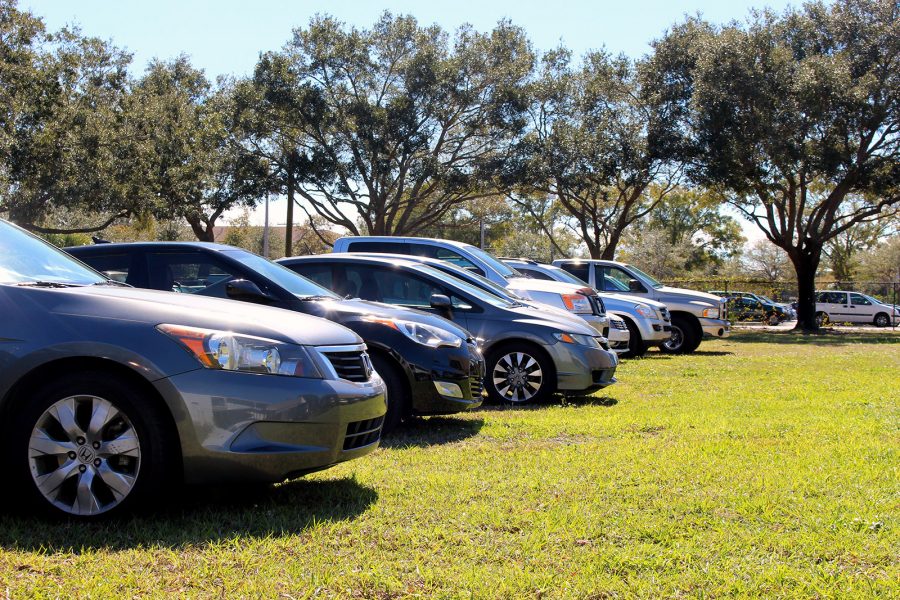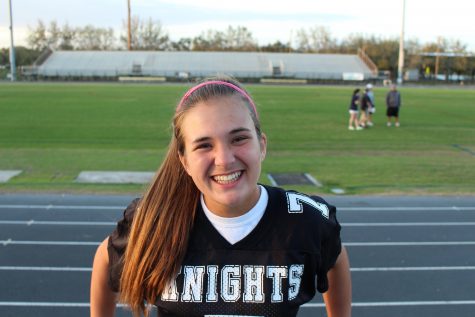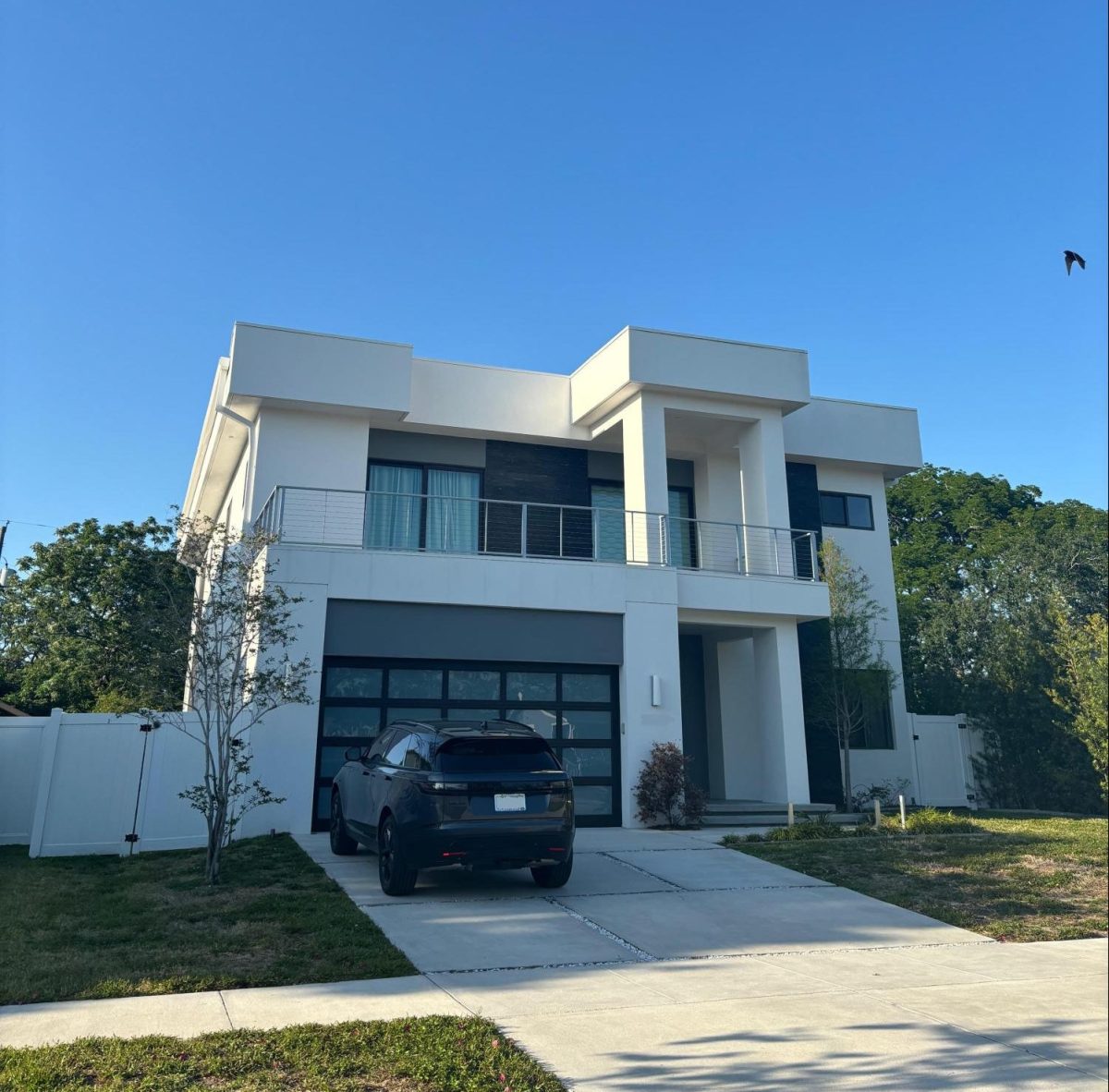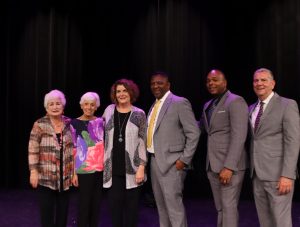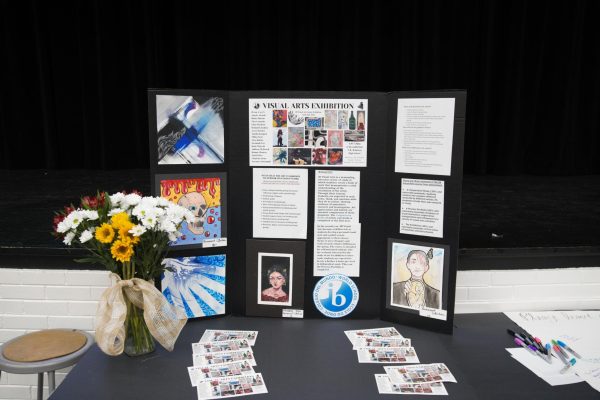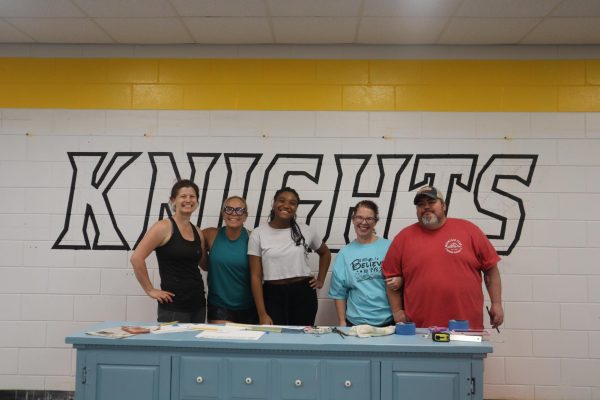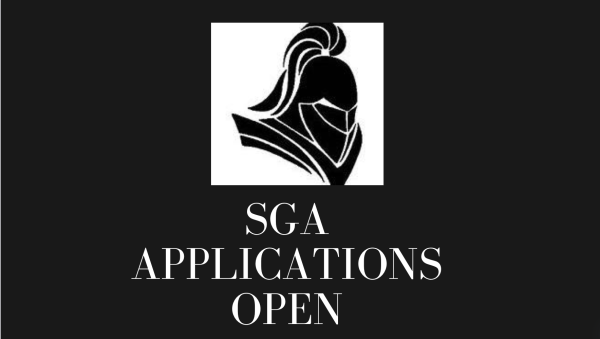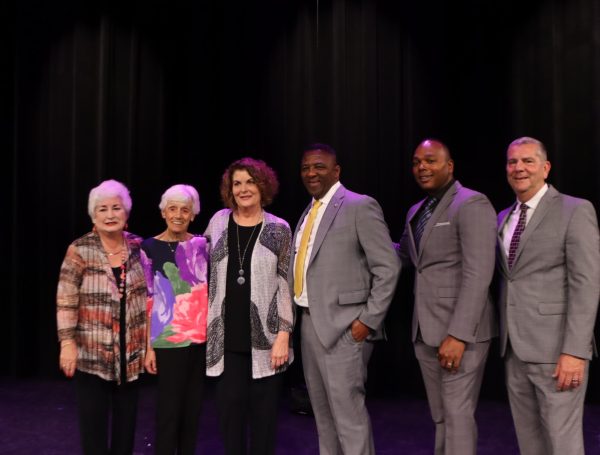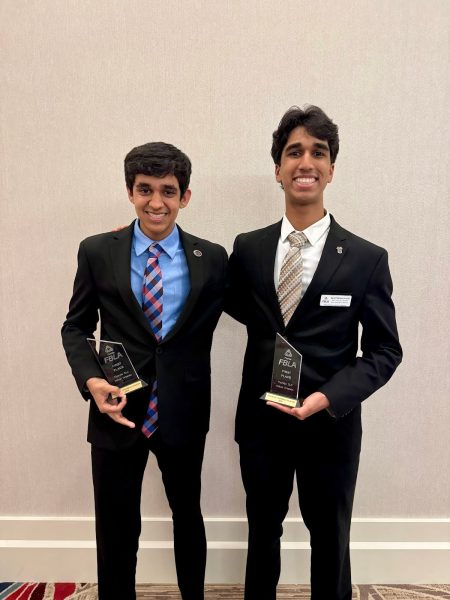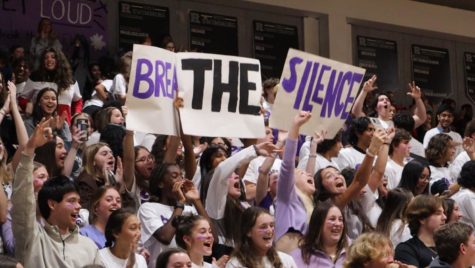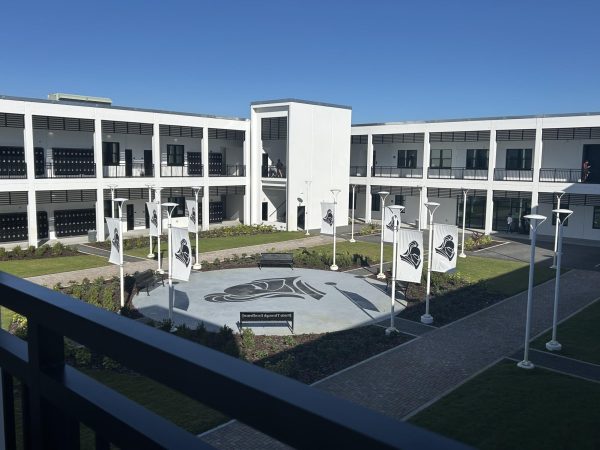New overflow parking lot sparks dissapproval from students
Photo M. McClintock
Due to the growing student population, some student drivers are forced to park in the overflow lot.
February 28, 2017
Since January, the parking situation at Robinson has undergone multiple changes and has sparked disappointment from students.
With a growing population, the school is now at 1,670 students. But with only 157 spots available in the fenced-in parking lot, the administration has switched to a large patch of grass by the main office to use as the “overflow lot.”
“We have a lot more students parking than we do parking spots and we want to make sure we accommodate our kids. So it was either they park on the practice field, which is impractical because of flag football and lacrosse teams who practice on that field, or tell kids that they cannot come to school in their car,” Principal Robert Bhoolai said. “That is also impractical because we have a lot of students who travel from far away. So we created the overflow lot to create more space to park. Hopefully, the long-term solution will be that we can somehow figure out how to expand our parking.”
The cost of a parking pass increased from $5 to $20 at the beginning of the year, and now students are frustrated that they spent the extra cash and are no longer guaranteed a spot in a paved, fenced-in lot.
“I get to school at 8:23 because I do not have a first period, I have virtual school. (Parking in the overflow lot) sucks for the people that paid $20 for a parking pass and do not even get to park in a fenced-in parking lot,” Thai Rivera (’17) said. “And for the people that have virtual school, we cannot help it that we do not have a first period. I also cannot park in the senior lot, it is taking away our senior privileges.”
Not only is the raised parking pass price a hassle for students, but also a financial challenge. According to the school improvement plan, 45% of the students are at an “economic disadvantage,” making the $15 jump a concern for some.
“When you pay for student parking, you don’t necessarily pay for a fenced in lot, you pay for a parking spot. You pay for the privilege to drive to school, and it is a privilege it is not a right,” Bhoolai said. “We are working on it, we know it’s important to the students and it is just as important to us (the administration) because we want you to be at school.”
In the overflow lot, student cars are susceptible to break ins as well as mud. This past week, two cars were trapped in the muddy overflow lot and had to be towed out. Last week, a student busted a tire by running over a staple while leaving the lot. Holland Bakker (’17) is angry at the poor conditions of the overflow lot that have now caused vehicular damages. She had to wait three hours to get the tire changed, and did not have valid proof to get refunded by the school.
“The overflow lot takes away a lot of advantages that the other lot gives,” Bakker said. “I never had to worry about cement giving me a flat tire.”
The concerns do not lie solely with the students; the administration now faces the risk of students leaving campus. The overflow lot is not gated, so students can are able to come in and out of the lot as they please. Getting into the school itself only requires someone to open the door, and requires no extra help to leave.
“Students park right in front of the school now, so its a very easy line of sight but also we trust our students. I know that 99.9% of our students do exactly what they’re supposed to do when they’re supposed to do it. For the .1% that does not do what they’re supposed to do, we have many adults on campus that try to guide them and those misguided souls.”
